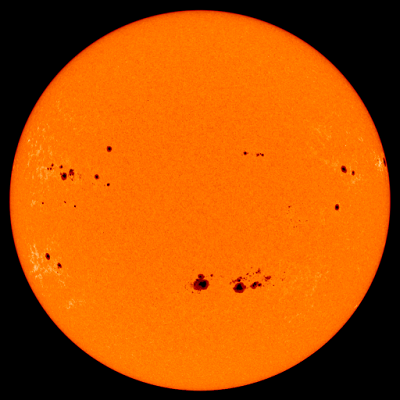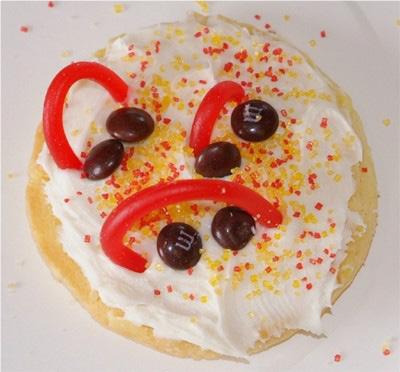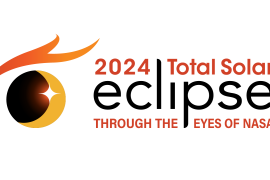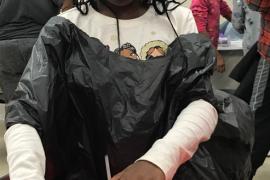Camps are a great place to check out the sky, including the sun!
Campers are invited to celebrate Solar Week March 19–23, with games and hands-on activities about the sun for ages nine to 14. The Multiverse group at UC Berkeley runs this twice-a-year NASA program, which includes a variety of “Make and Take” activities for out-of-school time audiences to use. One of these, making a model of the sun with cookies, is featured below.
If you would like to look the sun rather than eat it, you can use a telescope to carefully project the sun’s image onto poster board, or use leftover eclipse glasses to directly observe it. Another alternative is building a pinhole projector to look at the sun.
You can experience the sun safely, but it is vital that you protect your eyes at all times. No matter what recommended technique you use, do not stare continuously at the sun. Do not use sunglasses: they don't offer your eyes sufficient protection. See the Eye Safety During Eclipses page for definitive advice on safe solar viewing. (This same safety advice applies to non-eclipse observing of the everyday sun, too).

Sun Cookies
Step 1: Get Your Cookie
What does the cookie represent? The layer of the sun that we see (which is called the photosphere.)
Step 2: Frost Your Cookie
Now spread a layer of frosting on your cookie. The frosting is where the various features of the sun will appear.
Step 3: Add Sprinkles
Add colored sprinkles to your cookie to look like solar granules. Each real granule on the sun is about as big as Texas!
Step 4: Sunspots
Add yellow, orange, and red M&Ms to the cookie to show sunspots. Sunspots typically appear in pairs. One spot has a north magnetic pole and the other has a south magnetic pole. So add the chocolate pieces two at a time!
Step 5: Prominences
Cut or break red licorice into shorter pieces and separate the strands. These pieces will represent solar prominences, which are hot gases that appear as arcs (rainbow-shaped curves) above the sun’s surface. Place a few strands of licorice on your cookie to form arcs.
Describe the features your cookie models, then eat it!

Photos courtesy of Multiverse at UC Berkeley’s Space Sciences Laboratory and NASA
Christine Shupla leads the Lunar and Planetary Institute’s professional and materials development for a variety of audiences. She holds a Bachelor of Arts in Astronomy from the University of Texas in Austin, and a master of arts in curriculum & instruction from the University of North Carolina at Chapel Hill.
Karin Hauck is the communications manager for Multiverse, the education and outreach group at UC Berkeley’s Space Sciences Laboratory. She coordinates the twice-yearly online program Solar Week, a week of lessons, games and activities about the sun, for ages nine to 14.


